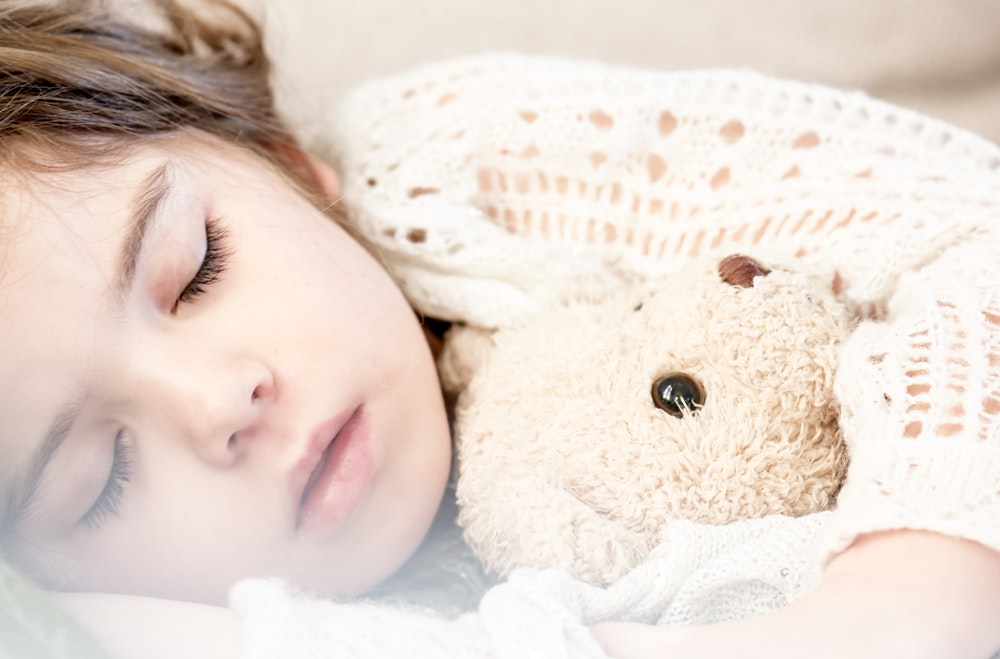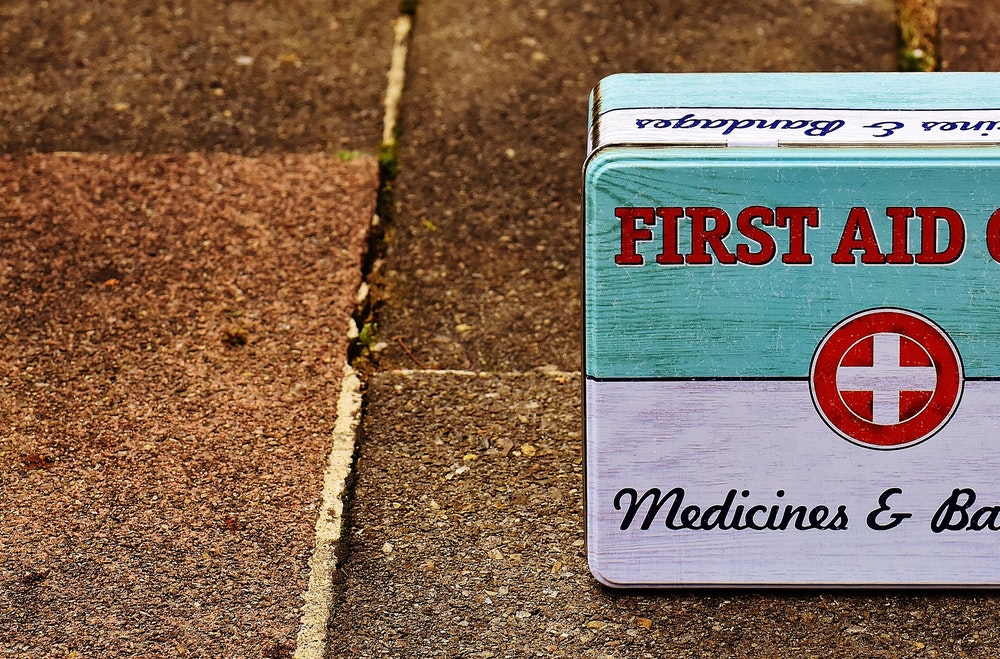Having rambunctious boys means we’ve seen our fair share of accidents at home. Our oldest hit his eye on the side of the tub and cut open the area under his eyebrow. Thank God, he didn’t need stitches but it did bleed. ALOT. Another time, my youngest got his finger jammed in the bedroom door and an x-ray later showed a hairline fracture.
By Damelza Harris-Olsen
Both times, I rushed them to A&E after quickly assessing the situation. It was my decision to err on the side of caution.

Aside from fractures and bleeding; there are other emergencies we have to prepare for – fevers, poisoning, burns, stings, choking, anaphylaxis and allergies among other possibilities.
Mums, you know your child better than anyone, if your gut tells you something is wrong, don’t doubt yourself. Because that instinct could someday save your child’s life.
The best way to handle an emergency is to be prepared for it.
- Emergency Numbers
Have an emergency plan in place at home; something everyone, even your helper is aware of and has access to. Have a list of important numbers handy – on the fridge or by the house phone for example.
- Important Documents
Keep a file you can quickly grab on the way out of the house with your child’s important documents (birth certificate, health booklet and medical/allergy history).
- First Aid Administration & CPR
There are classes available for parents, helpers AND children. Time is very important when dealing with an unconscious child who is not breathing. Permanent brain damage begins after only four minutes without oxygen, and death can occur as soon as four to six minutes later. CPR can save your child’s life.
- First Aid Kit
Have it well stocked, medicines and bandages expire so be sure to keep your kit updated. Keep the first aid kit out of a child’s reach but easily accessible to adults.
- Bumps & Bruises
Keep a cold gel pack in the fridge. If your child has bumped his head and feels like vomiting or is suddenly drowsy, he may have a concussion. Keep him awake and alert as possible. Seek medical attention immediately.

-
- Fevers
Have paracetamol on standby. A cold bath to bring down a fever is dangerous. Choose a warm bath instead and quickly wipe your child down, shivering can increase the body’s internal temperature.
- Fevers
-
- Febrile Seizures
A febrile seizure, also known as a fever fit or febrile convulsion, is a seizure associated with a high body temperature but without any serious underlying health issue. They most commonly occur in children between the ages of six months and five years.Ensure the child’s safety from any hazards, remove all clothing to cool the child slowly. Wait until the convulsion ends before rolling the child or baby onto their side in a supported position. Open and clear the airway, check that normal breathing has returned. Seek medical attention.
- Febrile Seizures
-
- Vomiting & Diarrhoea
A child who vomits and/or has diarrhoea multiple times a day can get dangerously dehydrated quickly. Seek medical attention immediately.
- Vomiting & Diarrhoea
-
- Bleeding
It is possible to have nicked an artery or blood vessel even with a small cut. If bleeding still occurs after 20 minutes of applied pressure, seek medical attention. Do not ignore a wound that won’t stop bleeding just because it looks small.
- Bleeding
- Burns
Cool the affected area immediately for up to 20 minutes using cool running water from a tap or shower. A first aid burn gel may also be used in place of water. Do not use an adhesive over the burn, apply a non-adhesive sterile dressing or cling wrap. Burns are serious and can become infected very quickly, if in doubt, please seek medical attention immediately.

References
http://www.stjohn.org.nz/First-Aid/First-Aid-Library
https://medlineplus.gov/ency/article/000012.htm
https://www.healthline.com/health/first-aid/stopping-bleeding#cuts-and-wounds3 http://www.nationwidechildrens.org/fever
Follow us in this series as we hear from emergency specialists and doctors on what we as parents can do to better equip ourselves to keep our families safe in the event of an emergency.



